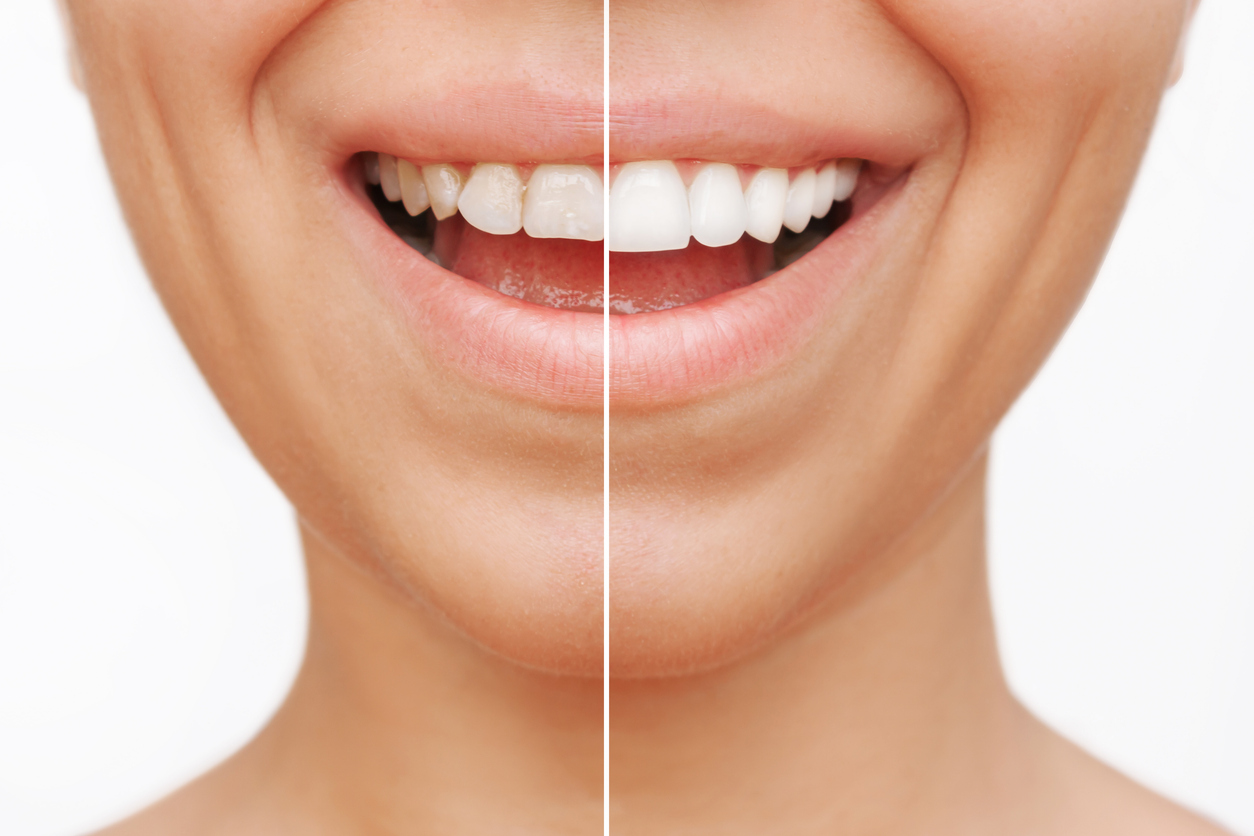Dental veneers are a popular cosmetic dental procedure that allows you to quickly boost the appearance of your smile. Modern veneers are made of durable materials, but they do eventually need to be replaced. In this article, we discuss what to expect from the veneer replacement procedure.
What To Expect From Veneer Replacement
Once you start wearing dental veneers, you can not return to having your natural teeth. The reason for this is that your tooth’s enamel is partially removed before veneer placement, and your teeth can not survive without either their natural enamel or the protective layer of veneers.
Below, we describe the steps of the dental veneer replacement procedure:
Consultation
A consultation with a veneer specialist before the replacement procedure is necessary to determine the condition of your current veneers and assess the condition of your natural teeth underneath them. This consultation will help your cosmetic dentist plan the replacement procedure itself and any additional procedures that you may require.
If you have developed cavities or gum disease since your veneers were last placed, you will require fillings. During the consultation, your doctor will provide you with a guide to which procedures are necessary and discuss your cosmetic goals.
Removing the Existing Veneers
Your dentist will carefully remove the old veneers in a way that ensures that the structure of your teeth remains intact.
Preparing the Teeth for New Veneers
The surface of your teeth might require slight reshaping and roughening to fit the new veneers successfully. This is especially true if your cosmetic goals have changed since your last veneer placement.
Taking Dental Impressions
Dental impressions are imprints of your teeth and mouth. Taking new impressions when replacing veneers is necessary because your bite or the shape of your gums might have changed during the years you wore your previous set of veneers. The impressions will ensure that the new veneers fit your teeth snugly and comfortably.
Placing Temporary Veneers
Your dentist will provide you with temporary veneers to protect your teeth while the new custom veneers are being made. The temporary veneers will also help maintain the beauty of your smile during this transitional period.
Placing New Veneers
When your new veneers are ready, the temporary veneers will be removed and replaced. Your dentist will bond the new veneers with your teeth just as they were when you initially had them installed. This process should already be familiar to you.
Follow-up Visits
You will need to have follow-up visits with your dentist to ensure the new veneers are comfortable for 24/7 wear. If there is any discomfort, your dentist will make the necessary adjustments.
When Do I Need to Replace My Veneers?
The lifespan of dental veneers depends on the materials they are made of and on your personal oral hygiene habits. Porcelain veneers—the most popular type of veneer—typically last from 10 to 15 years. Composite veneers are less durable and generally have to be replaced every 5 to 8 years.
Signs that your veneers are due for replacement include:
- You notice staining or discoloration of your veneers. These issues naturally occur with time. However, they might be more severe or appear earlier if you do not take proper care of your veneers.
- Cracks or chips appeared on your veneers. You must replace your veneers as soon as you notice these signs. When the integrity of your veneers is broken, bacteria, food residue, and acid can find their way to your natural teeth, destroying their structure and causing decay.
- Your veneers are uncomfortable or loose. This can signify that the seal connecting the veneers to your teeth is broken or that you have oral health issues that have led to changes in how they fit your teeth.
- You experience sensitivity to hot and cold foods and beverages. Such sensitivity might also indicate that the seal is broken or that you have cavities or tooth decay underneath your veneers.
- You notice gum recession. When your gums pull away from your teeth and expose the roots, it can mean that you have gum disease—a chronic inflammation of the gums that requires immediate treatment. If this is the case, the veneers also do not protect the roots of your teeth, making them vulnerable to bacteria.
Make an Appointment Today
To get stunning, high-quality dental veneers, make an appointment at our cosmetic dental office in Riverside today. Our specialist will help you choose the most suitable shade, shape, and size of your veneers to address all your cosmetic dental goals and issues. We look forward to your visit to Tropic Dental Care.



